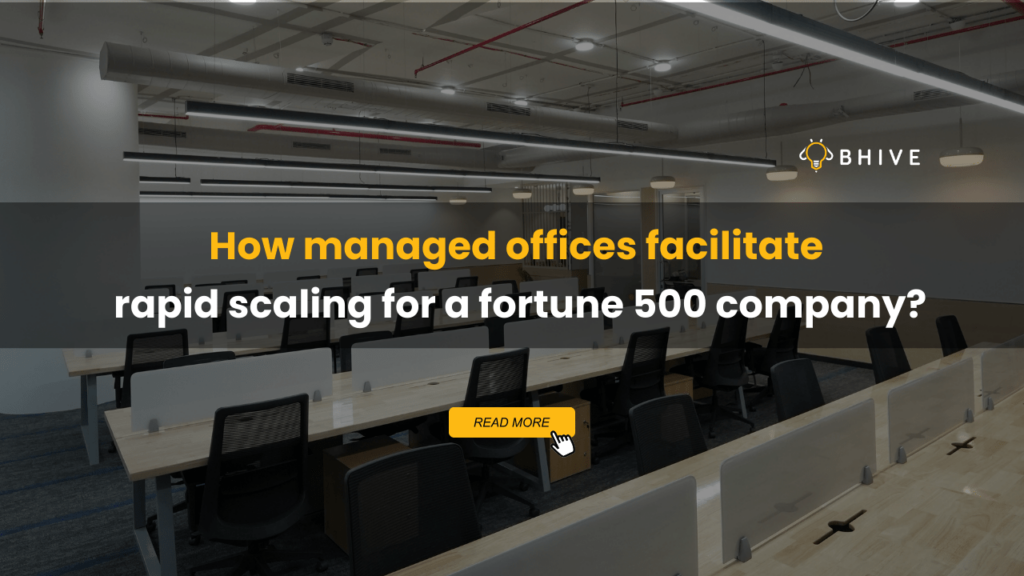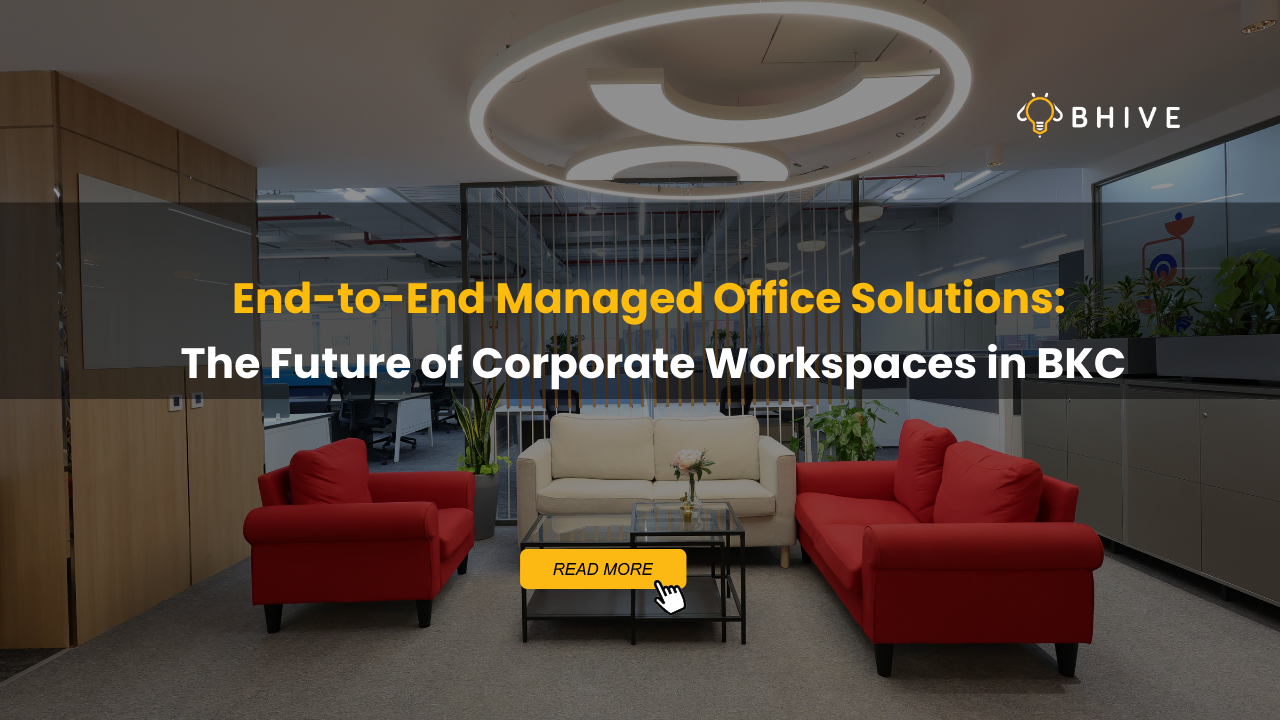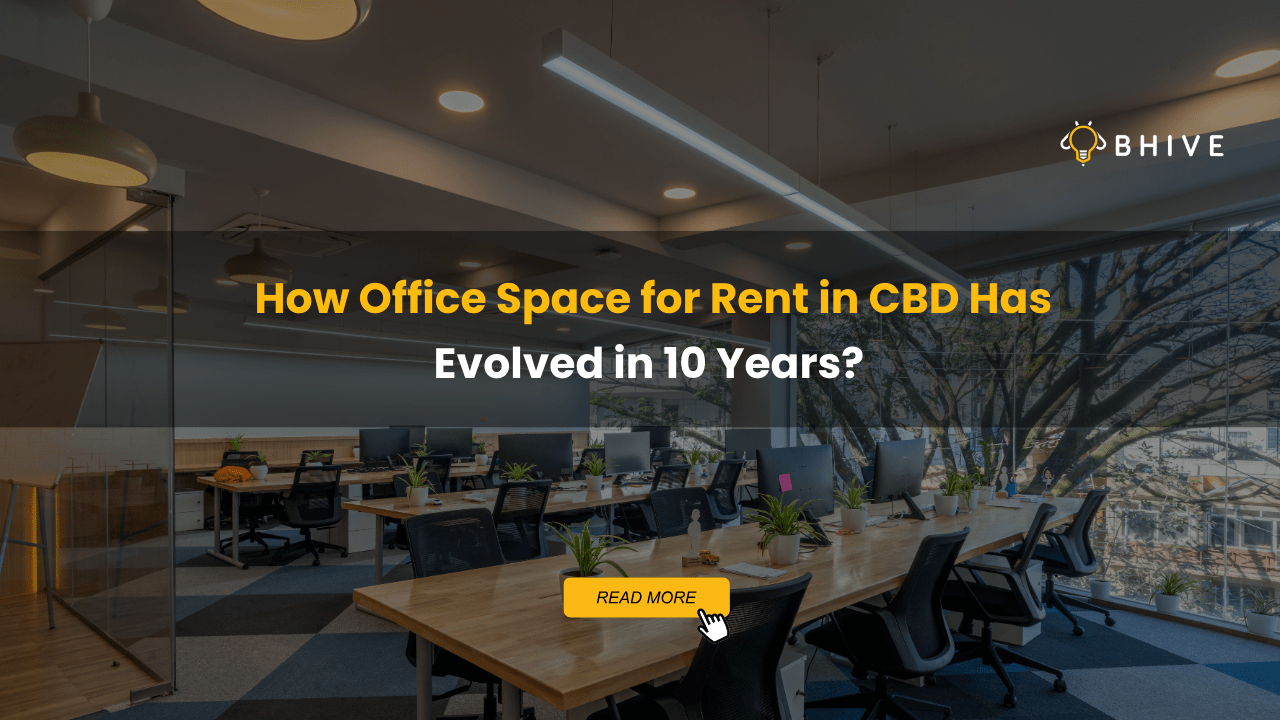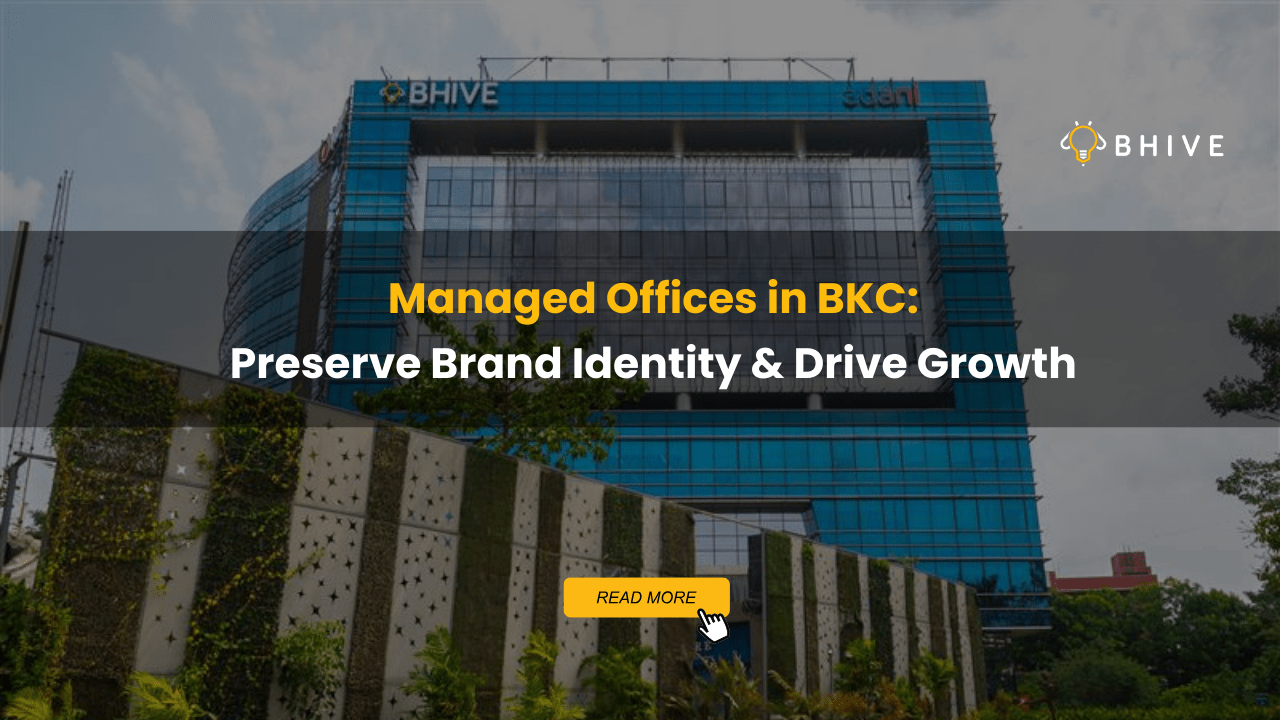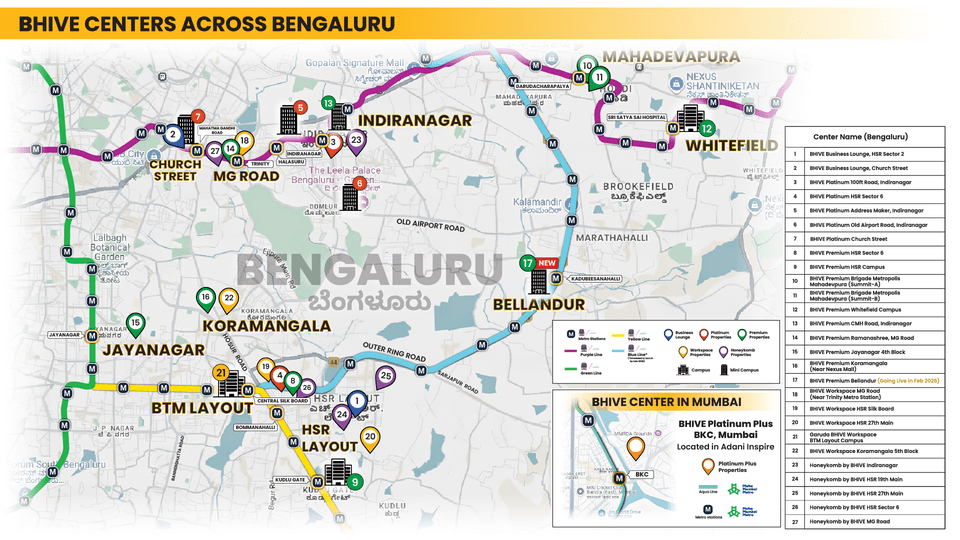How does managed office space environment improve employee retention?

The current business environment has nudged organizations to strive in the outdoors of innovation, mainly to win the right workforce and employee retention strategies. One of the most overlooked elements is the managed office environment and, in doing so, boasting or lowering employee recruitment strategies. As the modern workforce becomes more discerning about their workplace, organizations are gradually coming to understand the nature of designing spaces that aim to fulfill productivity and the workforce’s satisfaction. This article explains how managed office environments could be vital in an organization’s endeavor to recruit and retain its employees.
The evolving nature of office spaces
The very idea of the office has witnessed a sea of change in the previous couple of decades — from the cubicle structures of the 1980s to the open-plan designs of the first decade of the 2000s and, finally, to the flexible and activity-based workspaces of the present, the office environment has always been in a constant state of revolution due to ever-changing dynamics of work and employee expectations. Managed office environments are the latest for furnishing ergonomic solutions that seamlessly integrate aesthetics, functionality, and an employee-centric design.
Dealing with Managed Office Space environment
Managed office environments are complete workplace solutions that include the physical space and services and facilities that would support daily operations. These spaces are usually designed, serviced, and managed by specialized providers collaborating with the organization to deliver space in a particular cultural, brand, and operational manner. Essential ingredients and features of managed offices are state-of-the-art technology infrastructure, wellness facilities, and concierge-type support services.
Also read: Creating a Productive and Engaging Workplace for Your Employees
How does managed office spaces impact employee recruitment?
Attracting Millennial and Gen Z Talent
These employees of Millennial and Generation Z cohorts are revolutionizing how talent is attracted with shifting preferences and values as they dominate the workforce. These generations increasingly value work settings that embody ideals about balance in work and life, sustainability, and technological infusion. Serviced offices particularly appeal to these demographics as they emphasize adaptive workspace designs. Cross-sections of cutting-edge office design can help a company come across as thinking outside the box and employee-oriented, hence being more appealing to young talent during recruitment.
Improved Employer Branding
A well-designed and managed office environment is the most effective employer branding tool. This physical workspace has always represented the first concrete experience of a potential employee with that organization. An impressive and thoughtfully composed office space speaks volumes about an organization’s commitment to values, culture, and employer care. The result can greatly impact a candidate’s impression of a company and whether they would join an organization based on the visual or experience factors associated with recruitment.
Suggested read: How Managed Offices elevate employee experience?
Allowing Remote and Hybrid Work Models
The increasing trend of remote and hybrid work worldwide has not diminished the importance of physical office spaces; instead, it has just changed how it is thought of. At the heart of such change is the managed workplace environment that is not monolithic; it serves organizations and employees in many ways. Most importantly, this becomes a great selling point for potential employees looking for flexibility in their work arrangements. That is, the companies that are able to offer up-to-date work office facilities, combined with work-from-home options, are better able to attract an aggregate talented pool.
Role of Managed Office Spaces in employee retention
Training Employee Well-being and Satisfaction
Job satisfaction is directly related to the work environment and plays an essential role in the former’s regard. Managed office environments are designed in such a way that they also consider the welfare of the employees, including ergonomically designed furniture and natural light, green spaces, and relaxation areas. All these features contribute to improved physiological and mental health, reduce stress, improve general work satisfaction, and make them less likely to change employers. In other words, employees who feel their welfare is valued and comfortable will reciprocate through loyalty to their employer.
You can also checkout this detailed blog on why Managed Offices are becoming a key factor in MNC talent strategies?
Promoting Collaboration and Innovation
One of the most significant advantages of managed offices is that they can provide a space where collaboration and innovation will take place. After all, spaces are frequently configured with different types of workspaces, such as quiet focal areas or highly collaborative ones, to accommodate employees working on various tasks at their workplaces. This flexibility breeds productivity and lays the foundation for cross-business collaboration and creative problem-solving. This has built-in features for creating a sense of community and purpose, conditions under which employees are much more likely to feel engaged and want to stay in the company.
Adapting to Changing Workforce Needs
The workforce is not static—and neither is the work environment. Managed office solutions allow one to make all the necessary changes with the changing needs and dynamics of your workforce. This could be accommodating company growth, new technology, or even a shift in work culture. These environments can easily be modified for this. All of this works together to ensure the workspace continues to satisfy and engage your employees for the long run.
Book Your Managed Office Space
Professional Development Opportunities
Professional training and development facilities, such as documented conference places furnished with presentation technology or dedicated learning space, are available in most managed office environments. This, therefore, makes it easy to sustain employee development. This is because it becomes easy for a company or organization to easily access these resources, depicting the seriousness of the business in employee growth and career development. Such investment in employees’ development acts as a powerful tool when it comes to retention since employees have a visual view of where their career growth is headed.
Challenges and considerations
While many advantages are gained from managed office environments, they come at a cost. It’s for an organization to measure this financial investment versus the potential returns it will get on improved recruitment and employee retention. It’s always necessary to run proper cost-benefit analyses that consider both short-term and long-term impacts on the company’s bottom line.
How can company culture be maintained within this flexible environment?
As office environments become more fluid and employees are less and less in a traditional office setting, it can be harder to maintain a good company culture. Organizations will need new ways to drive home their values and ensure the workforce feels like they belong to the company. It might involve changing company events, communication strategies, and team-building events that fit the new working world.
Security and privacy in managed office spaces
As the trend continues to surge into open and shared spaces within the managed office environment, the concerns evolve toward privacy and data security. Companies must develop solid policies and technologies that protect sensitive information and comfort all employees within their workspace. Most importantly for companies, this is true for those that handle confidential data or those involved with intellectual property.
How to successfully implement an environment to improve employee retention?
Aligning the office design with company values
This space must be aligned with core company values and culture to maximize the impact of managed office environments on recruitment and retention. That ensures that the physical space will reinforce the organization’s identity and appeal to present and future employees.
Engaging employees within the design process
The more staff are involved in designing and operating managed office environments, the more effective and appreciated they are likely to be. This not only gives spaces that are more suitable for the needs of the employees but also tends to cultivate a feeling of ownership and attachment to the working environment.
Continuous Assessment and Improvement
Evidence should be repetitive to evaluate the success of managed office environments in supporting strategies concerning recruitment and retention. This can be done primarily when the workspace meets employees’ needs and organizational goals through regular surveys, feedback, and determined performance metrics regarding the most relevant information. Making changes, adaptations, and even improvements benefits the office environment, which are some changes that can be made with conclusions brought back by this data.
Conclusion
Managed office environments have emerged as a powerful tool in the arsenal of employee recruitment and retention strategies. Organizations hugely increase the probability of getting the very best people through creating flexible, healthy, collaborative, and professionally developing workspaces in the organization; moreover, it also increases the chances of ensuring long-term loyalty. As work evolves, the physical workspace plays an increased role in influencing employees’ experiences.
The companies that understand it and take advantage of this interrelation between the office environment and human resource strategy will be better positioned to build a skilled, engaged, and satisfied workforce in the competitive landscape of the future.
Know somebody looking for an office space? You can refer here: Refer and Win
Visit your nearest BHIVE’s premium managed office spaces today, for startups and enterprises. You can also schedule a visit or book a day pass to experience professional work environment.
Table of Content
- The evolving nature of office spaces
- Dealing with Managed Office Space environment
- How does managed office spaces impact employee recruitment?
- Role of Managed Office Spaces in employee retention
- Challenges and considerations
- How can company culture be maintained within this flexible environment?
- Security and privacy in managed office spaces
- How to successfully implement an environment to improve employee retention?



